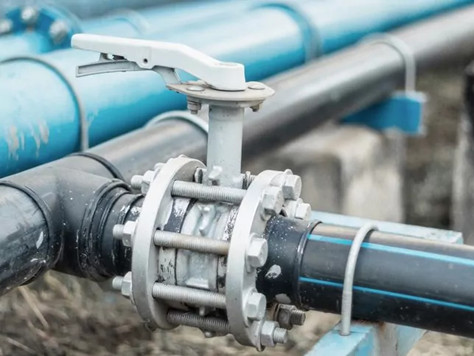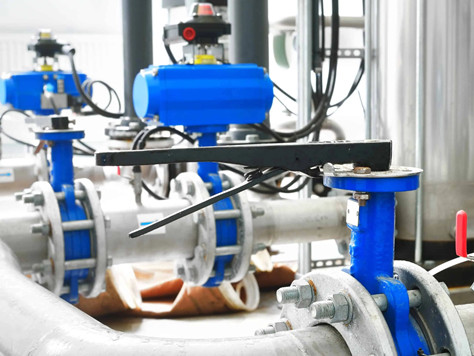Table of Contents
Toggle
Introduction
Lined butterfly valves are essential components in industries that require efficient control of fluid flow. These valves offer reliable and versatile solutions for regulating the movement of liquids or gases through pipelines. In this comprehensive guide, we will explore lined butterfly valves, including their definitions, types, working principles, and key features. This information will help you gain a better understanding of these products and their applications.
Definitions and Types of Lined Butterfly Valves
Lined butterfly valves are valves that feature a disc or plate, known as the butterfly, which rotates on a shaft to control fluid flow. These valves are lined with a protective material such as PTFE (polytetrafluoroethylene) to resist corrosion and withstand aggressive or corrosive media. Lined butterfly valves come in various types, including:
- Wafer-Type Lined Butterfly Valves
These valves are designed to fit between two flanges and are commonly used in applications where space and weight considerations are critical. They provide a compact and lightweight solution for fluid control.
- Lug-Type Lined Butterfly Valves
Lug-type valves have threaded inserts on the valve body, allowing them to be bolted to the pipeline. They are suitable for applications that require easy installation and removal without disrupting the pipeline.
Working Principles of Lined Butterfly Valves
Lined butterfly valves operate based on the principle of rotating a disc or plate within the flow path to regulate fluid flow. When the valve is open, the disc is positioned parallel to the flow direction, allowing unobstructed flow. When the valve is closed, the disc rotates perpendicular to the flow direction, blocking the passage of fluid. The lined construction of these valves provides excellent chemical resistance and prevents direct contact between the fluid and the valve material.
Key Features and Advantages of Lined Butterfly Valves
Lined butterfly valves offer several features that make them advantageous in fluid control applications. Some key features include:
- Corrosion Resistance
The lining material, such as PTFE, provides exceptional corrosion resistance, making lined butterfly valves suitable for handling aggressive or corrosive media.
- Excellent Flow Control
These valves offer efficient flow control with low-pressure drops, allowing for precise regulation of fluid flow rates.
- Lightweight and Compact Design
Lined butterfly valves have a lightweight and compact design, making them easy to install and suitable for applications where space and weight considerations are critical.
- Low Maintenance
The lining material reduces the risk of valve corrosion and minimizes the need for frequent maintenance, resulting in reduced downtime and cost savings.
More on the features of Lined Butterfly Valves can be found here.
Applications of Lined Butterfly Valves
Lined butterfly valves find applications in a wide range of industries, including chemical processing, water treatment, pharmaceuticals, food and beverage, and more. They are commonly used in systems that handle corrosive or aggressive media, as well as in processes that require precise flow control.
Conclusion
To experience the full potential of lined butterfly valves, we invite you to explore the wide range of options available at XINTAI. Our comprehensive collection is designed to cater to diverse applications and industries. By visiting our website, you will gain access to an array of high-quality valve solutions that are tailored to meet your specific needs.










